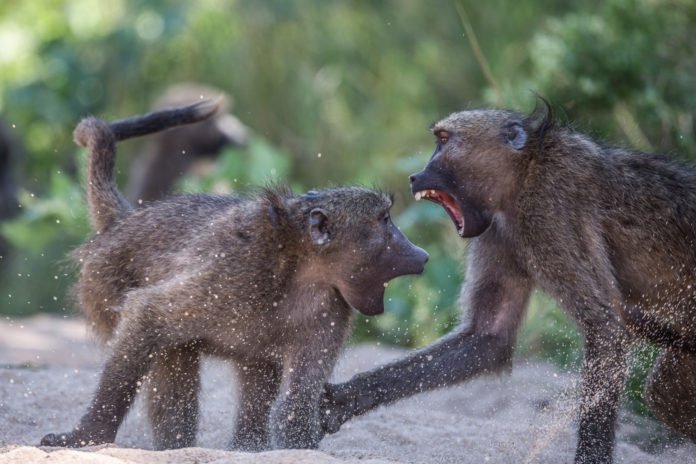Hierarchies are important because an individual’s position in the group suggests its fitness, its potential for surviving and producing offspring. The principles of animal hierarchies can also be used in social studies of humans.
Where some individuals within a group monopolize resources and mating opportunities is called dominance hierarchies and are common throughout the animal kingdom. However, the ‘steepness’ of the hierarchy is different between species.
Alfredo Sánchez-Tójar said, “Our model not only helps researchers design future studies on dominance hierarchies, it can also tell us something about how confident we can be about the results of past studies.”
For example, baboon groups have a clear ‘alpha’ male, which dominates all others, whereas sparrow groups do not have an individual ruling all others.
By observing the interactions of individuals over resources, and who wins in those encounters, researchers determine the structure of hierarchies. However, despite hierarchy studies being widespread, there has been little guidance on how much data is needed for each group to be certain of inferring the correct hierarchy structure.
Now, published in the Journal of Animal Ecology, Imperial College London, Max Planck Institute and University of Oxford researchers have come up with a new method for giving confidence to hierarchy studies.
Study co-author Alfredo Sánchez-Tójar, from the Department of Life Sciences at Imperial and the Max Planck Institute for Ornithology in Germany, said, “We thought a lot of data would be needed to infer reliable hierarchies, but actually for the steepest hierarchies, like those of baboons, it’s much less than we expected.”
“Our model not only helps researchers design future studies on dominance hierarchies, it can also tell us something about how confident we can be about the results of past studies.”
The team simulated artificial individuals, each with a rank or position in the hierarchy this is to be done to create their model. Interactions between the individuals were then simulated, with the results determined by an algorithm that set what percentage of the time a certain rank would win.
With this, the team was able to say how much data needs to be collected to be confident of inferring the correct group structure, depending on the ‘steepness’ of the hierarchy under study.
